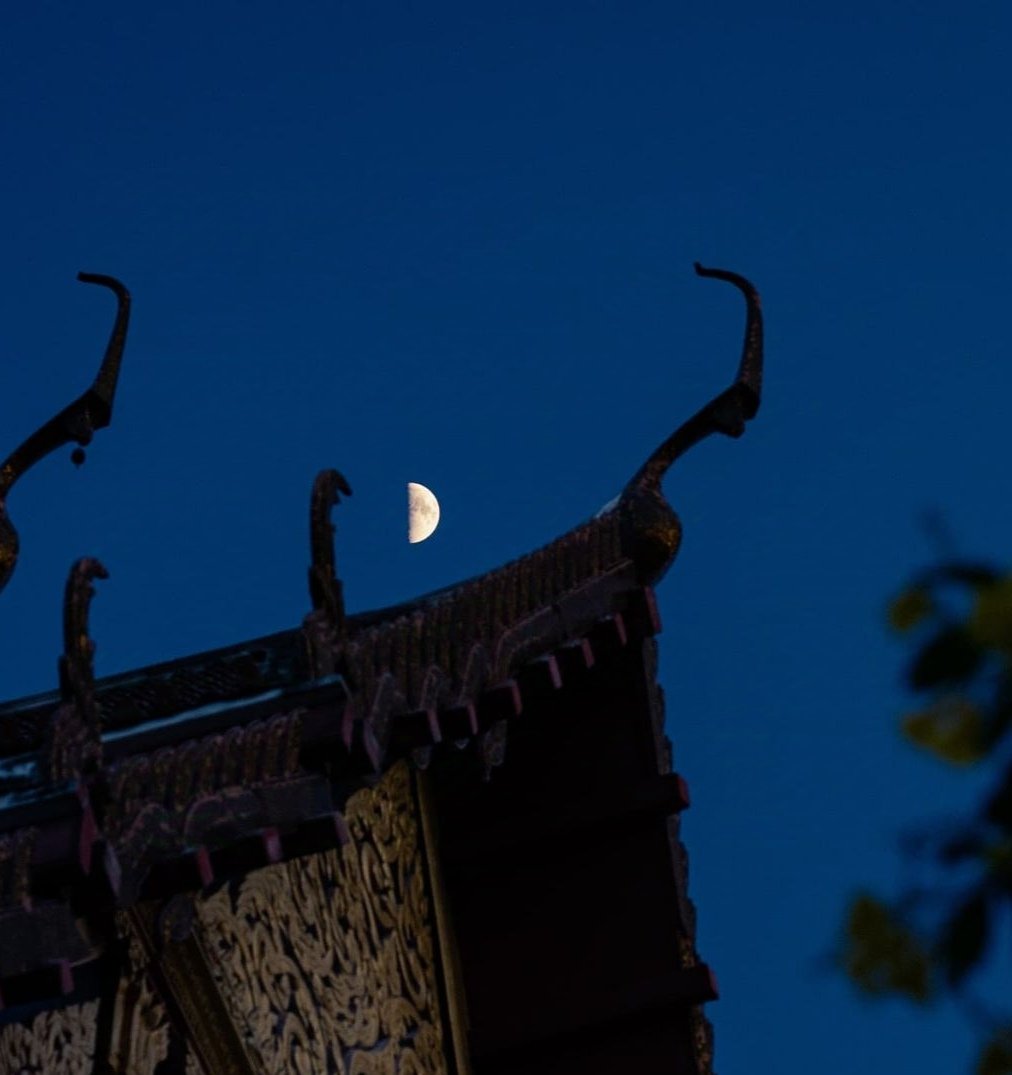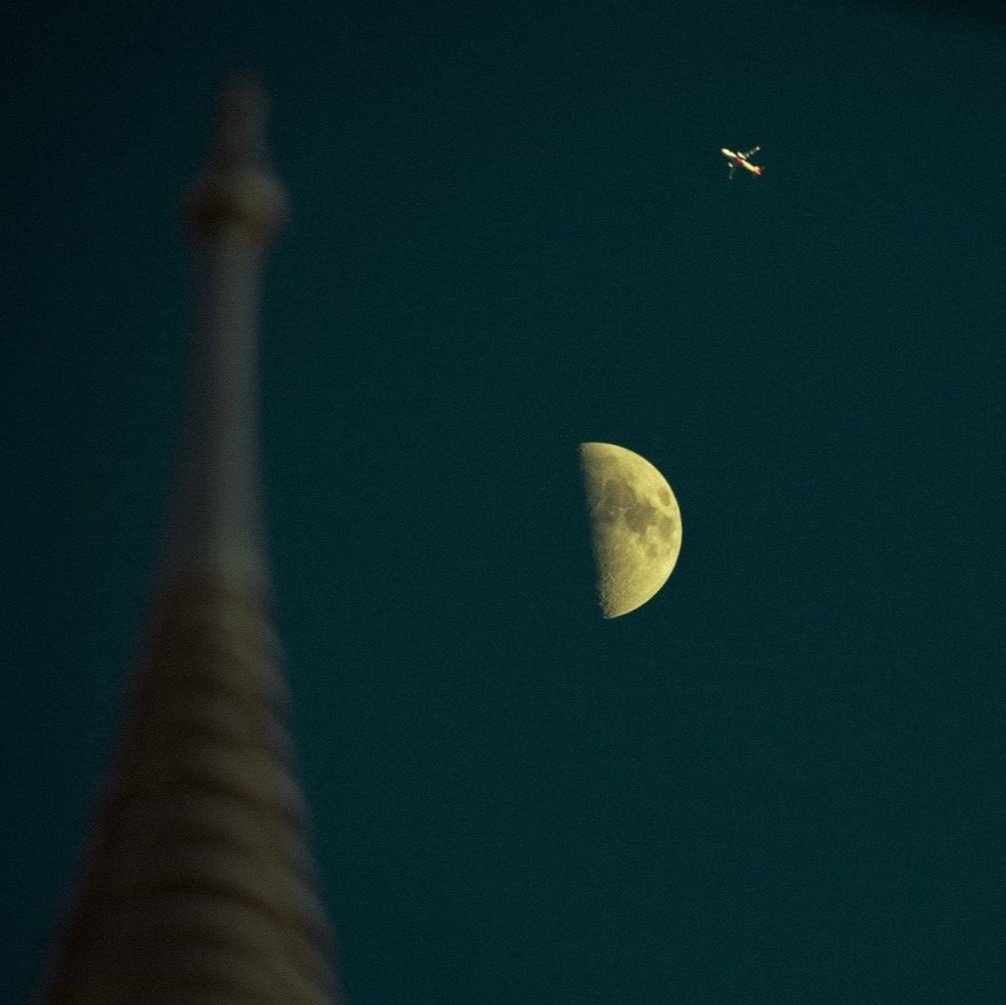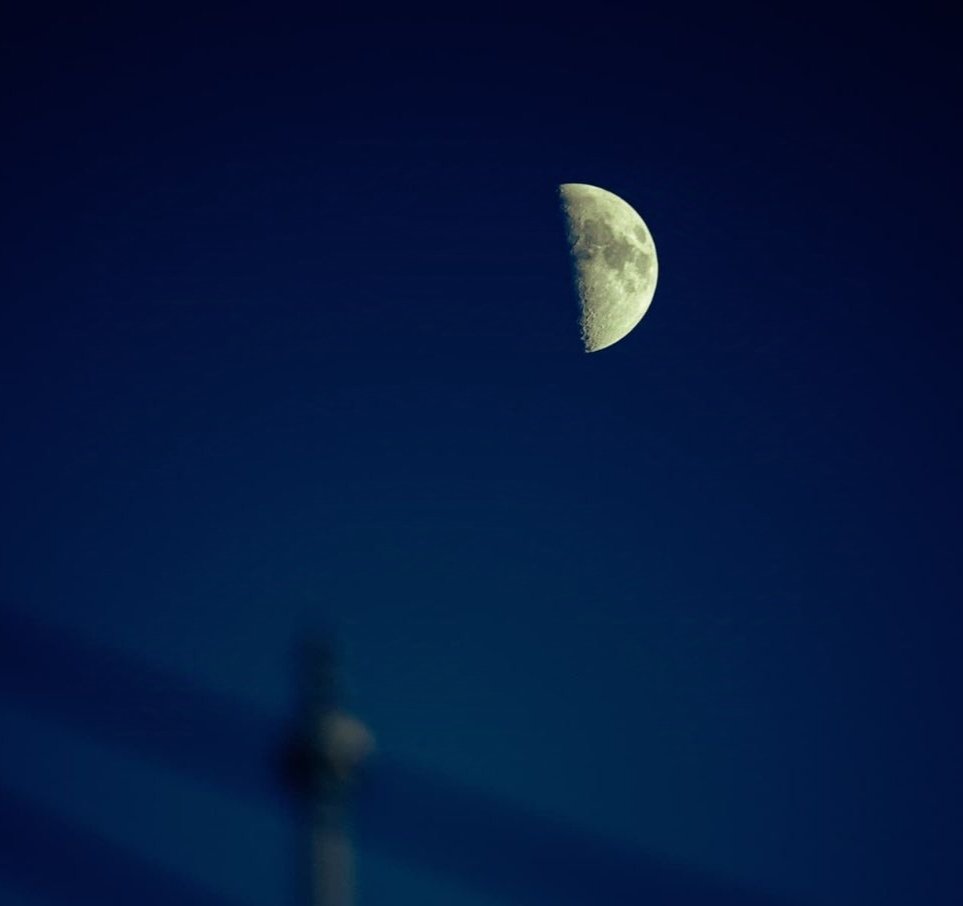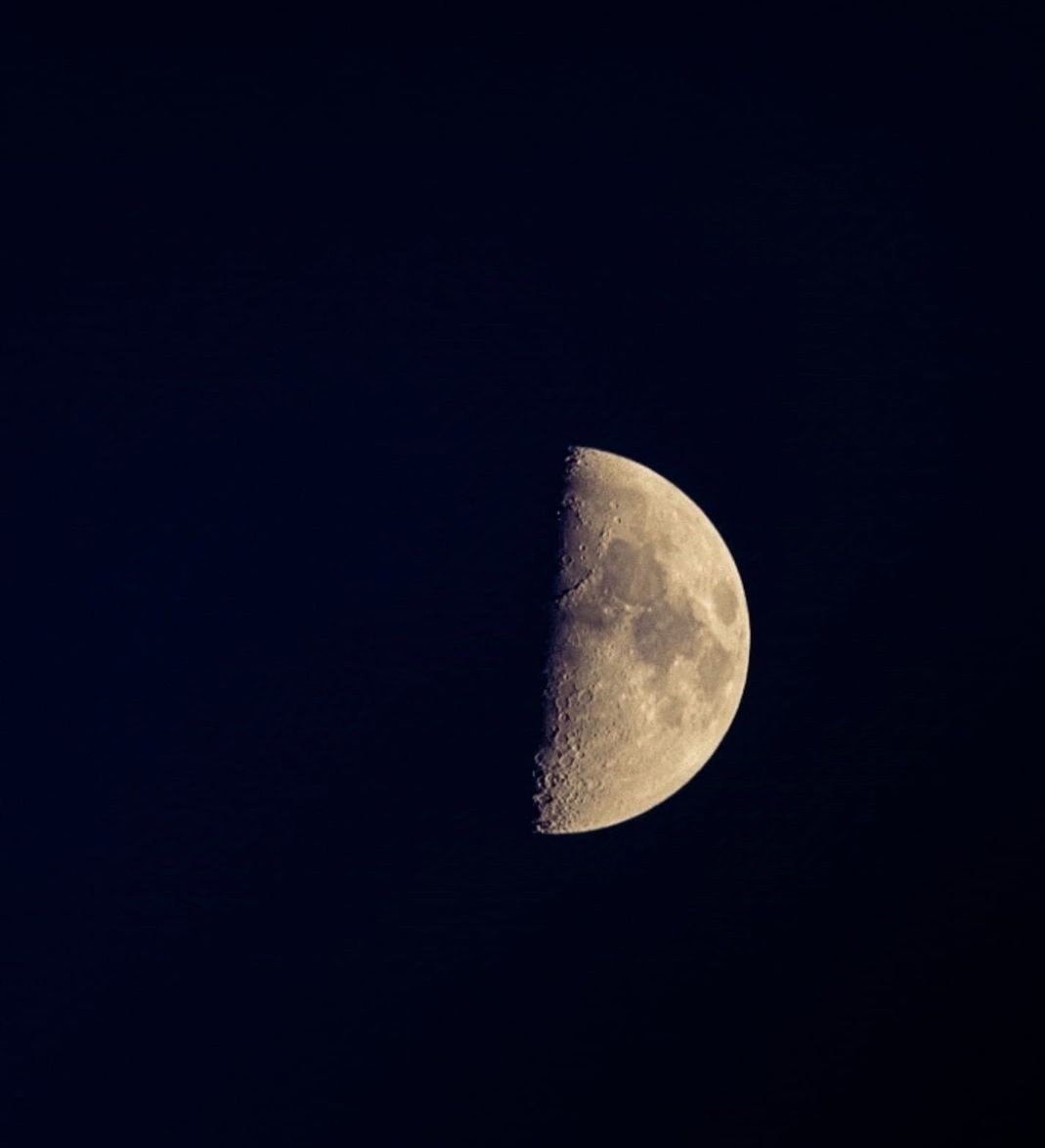So Wonderful The Moon
0 comments
The Moon: Our Celestial Neighbor
The Moon, Earth's only natural satellite, has captivated human curiosity for millennia. It has been a beacon of inspiration for poets, scientists, and explorers alike. Beyond its beauty and mystery, the Moon plays a crucial role in shaping life on Earth, influencing our tides, timekeeping, and even our cultural narratives.
Origins of the Moon
The Moon likely formed around 4.5 billion years ago, shortly after the Earth. The most widely accepted theory is the giant impact hypothesis, which suggests that a Mars-sized body, Theia, collided with the young Earth. The debris from this collision coalesced under the force of gravity, eventually forming the Moon. This cataclysmic origin explains the similarities between Earth's and the Moon's compositions, as well as the Moon's relatively small iron core.
Physical Characteristics
The Moon is about 3,474 kilometers in diameter, roughly one-quarter the size of Earth. Despite its size, it has only 1/6th of Earth's gravity. Its surface is marked by vast plains called maria (Latin for "seas"), craters from meteoroid impacts, and rugged highlands. Unlike Earth, the Moon lacks an atmosphere, meaning it experiences extreme temperature fluctuations and has no protection from cosmic radiation.
Phases and Eclipses
The Moon's orbit around Earth takes approximately 27.3 days, but its phases—from new to full Moon—cycle every 29.5 days due to the Earth-Sun-Moon alignment. These phases are a result of the Moon reflecting sunlight as it moves through its orbit.
The interplay between the Sun, Earth, and Moon also creates spectacular eclipses. A solar eclipse occurs when the Moon passes between the Sun and Earth, casting a shadow on our planet. A lunar eclipse happens when the Earth comes between the Sun and Moon, casting Earth's shadow on the lunar surface.





Comments